At the session on site clearance and land acquisition for urban railway development and TOD areas, within the framework of the Scientific Workshop on Urban Railway System Development in Hanoi and Ho Chi Minh City held on January 18, experts discussed and shared experiences to research, build and perfect relevant institutions to develop urban areas in the direction of public transport, urban planning, land, investment, management and operation of urban railways.
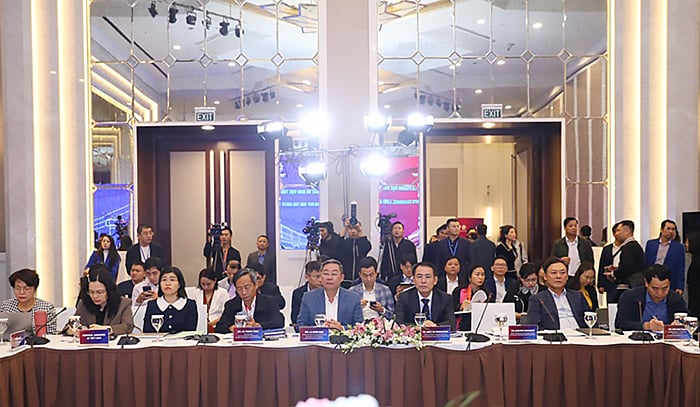
Delegates attending and chairing the thematic session
Splitting the site clearance work into independent component projects
Conference presentation on the advantages and disadvantages of the solution of separating the site clearance work into a separate sub-project to be implemented immediately after the Investment Policy is approved to ensure the construction site is available before awarding the contract - Experience from the investment project to build Ring Road 4 - Hanoi Capital Region, Deputy Director of the Hanoi City Traffic Construction Investment Project Management Board Do Dinh Phan said that the investment project to build Ring Road 4 - Hanoi Capital Region is an important national project. The project has an investment scale of 85,813 billion VND, with a total length of 113.52km, passing through three provinces and cities: Hanoi (57.52km), Hung Yen (19.3km), Bac Ninh (36.7km).
After more than 1 year and 6 months since the National Assembly decided on the investment policy (June 2022), the three provinces and cities have mobilized the maximum strength of the political system, implemented a series of procedures, and shortened the time to carry out the work. Up to now, the Project has achieved certain results and closely followed the set schedule.
Identifying the land acquisition and resettlement as the “key of the key” that must be implemented soon, Hanoi City has proposed to separate the land acquisition and resettlement work into an independent component project to be implemented immediately after the Investment Policy is approved.
From then on, the site clearance is no longer dependent on the specialized technical factors of the project. The site clearance is carried out immediately after the red line boundary is approved and when the construction component project is approved, the site clearance landmark setting file will continue to be updated and supplemented accordingly (ensuring that the site clearance is one step ahead) to ensure that the construction site is available before awarding the contract.
“Separating the land acquisition and clearance work into an independent component project to be implemented as soon as the policy is approved will save time for project preparation, helping land acquisition and clearance to be one step ahead. At the same time, in implementing the land acquisition and clearance work, each locality needs to apply policies to ensure the best interests of the people, in which Hanoi city chooses resettlement areas with favorable land and traffic conditions, the best for the people; local authorities and party committees pay attention to the lives and livelihoods of people in the relocation area with the goal that the new place of residence must be better than the old place of residence so that people can live and work with peace of mind and issue additional mechanisms and policies to serve compensation and resettlement support when implementing the Project”, Mr. Do Dinh Phan shared.
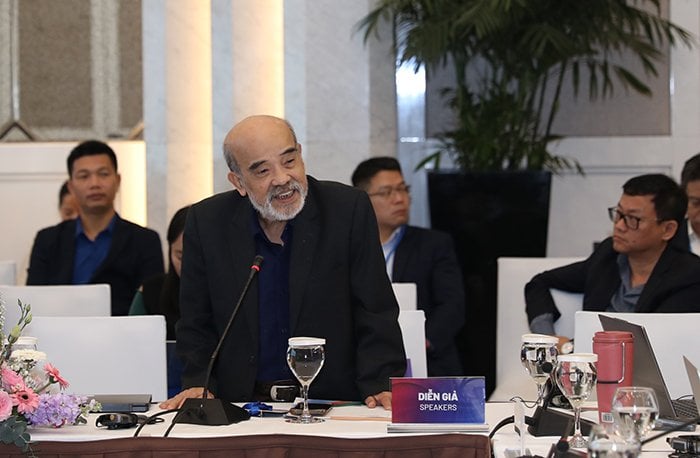
Prof. Dr. Dang Hung Vo - Former Deputy Minister of Natural Resources and Environment spoke at the Workshop
2 land conversion issues
Prof. Dr. Dang Hung Vo - Former Deputy Minister of Natural Resources and Environment said that in the TOD model, it is necessary to pay attention to two issues of land transfer: land for developing public transport routes connecting "meshed cities"; land transfer to reorganize urban spaces in "meshed cities". For land to develop public transport routes, the State's land recovery mechanism is completely reasonable because these are infrastructure projects for the public interest, not for profit.
For elevated railway lines, Prof. Dr. Dang Hung Vo believes that it is possible to raise the issue of how to exploit the space under elevated railway lines to generate profits. For subway lines (Metro), land acquisition to build train stations is necessary, in addition, it is necessary to consider compensation for land above the subway lines when it is not possible to build too high-rise buildings.
“Land law needs to specifically regulate the scope of surface rights for each plot of land to clarify the scope of surface rights and clearly determine the compensation level for the space above and below the plot of land. Up to now, the law has not unified the approach, which is also a legal obstacle for urban development, especially compact urban areas,” said Prof. Dr. Dang Hung Vo.
Regarding the issue of innovating the way of organizing urban space in "membrane cities", Professor Dang Hung Vo commented that it is impossible to apply the mechanism of State land acquisition because it is impossible to acquire all the land of an existing urban area. Moreover, the land acquisition mechanism greatly increases the implementation cost, and it is even impossible to find enough cost to implement. The most suitable "land transfer" mechanism in "membrane cities" is the mechanism of "contributing land use rights and readjusting land" which has been successfully implemented in many countries. The remaining problem is to find an implementation roadmap that is suitable for the current status of "membrane cities".
“In industrial countries, people often apply the urban government mechanism with a number of independent functions in development decisions to create competition between cities. In this competition, the function of deciding on land is the most important because this is the only resource for urban development. Residents of an urban area directly elect the head of the urban area and elect the urban council as a bridge between the community of residents and the head of the urban area” - Professor, Dr. Dang Hung Vo emphasized.
PV
Source


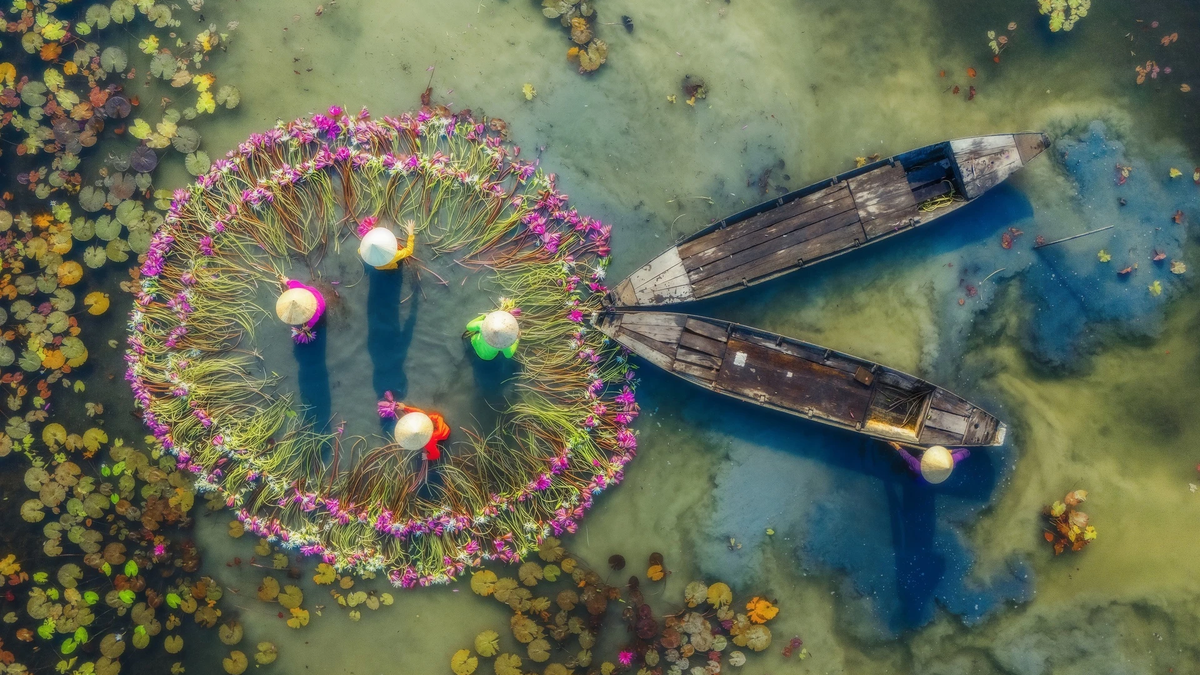

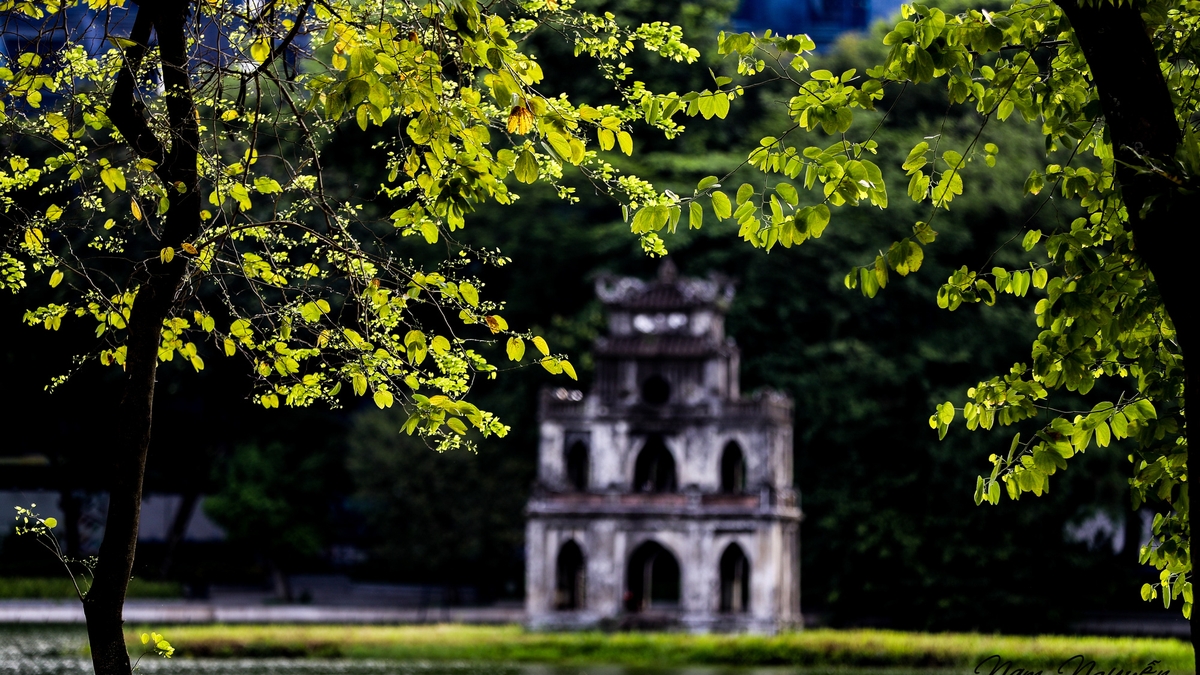



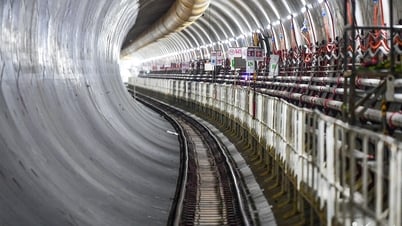

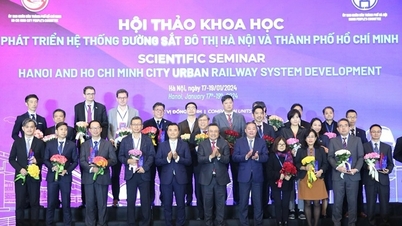


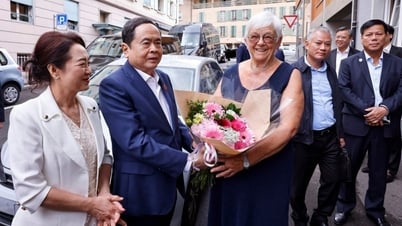



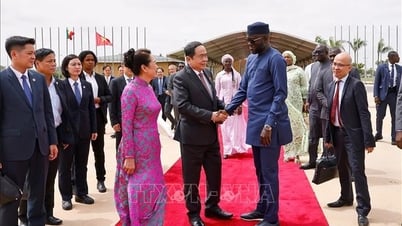

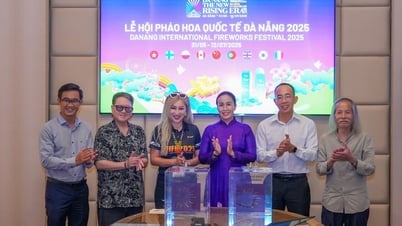







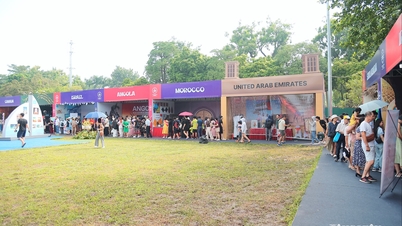
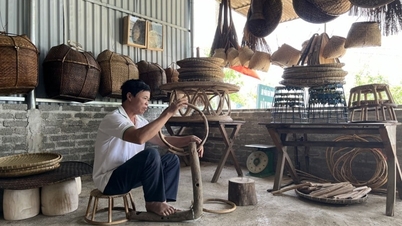
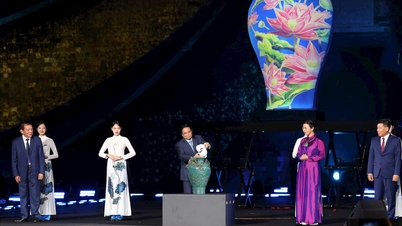

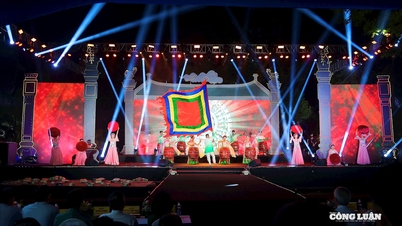
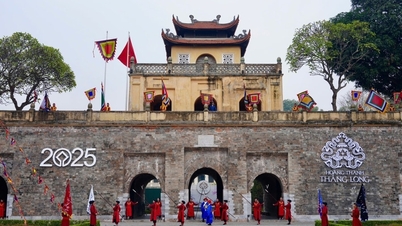
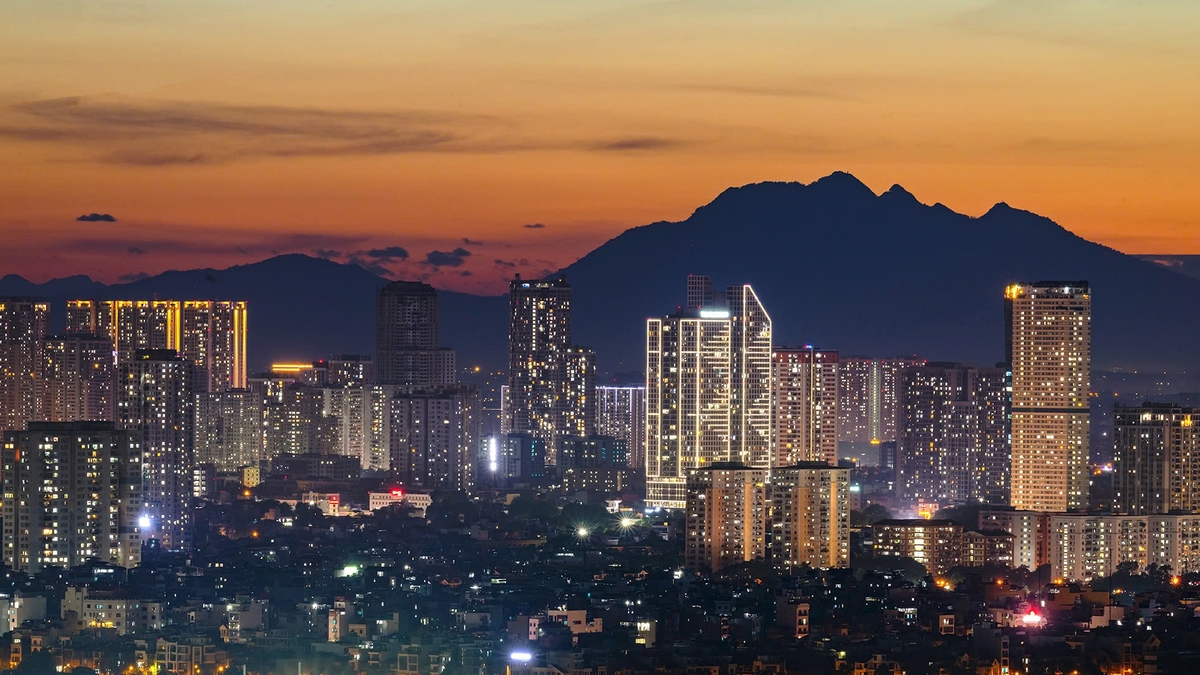
![[Photo] Ready for the 2025 Fall Fair](https://vphoto.vietnam.vn/thumb/1200x675/vietnam/resource/IMAGE/2025/10/14/1760456672454_ndo_br_chi-9796-jpg.webp)
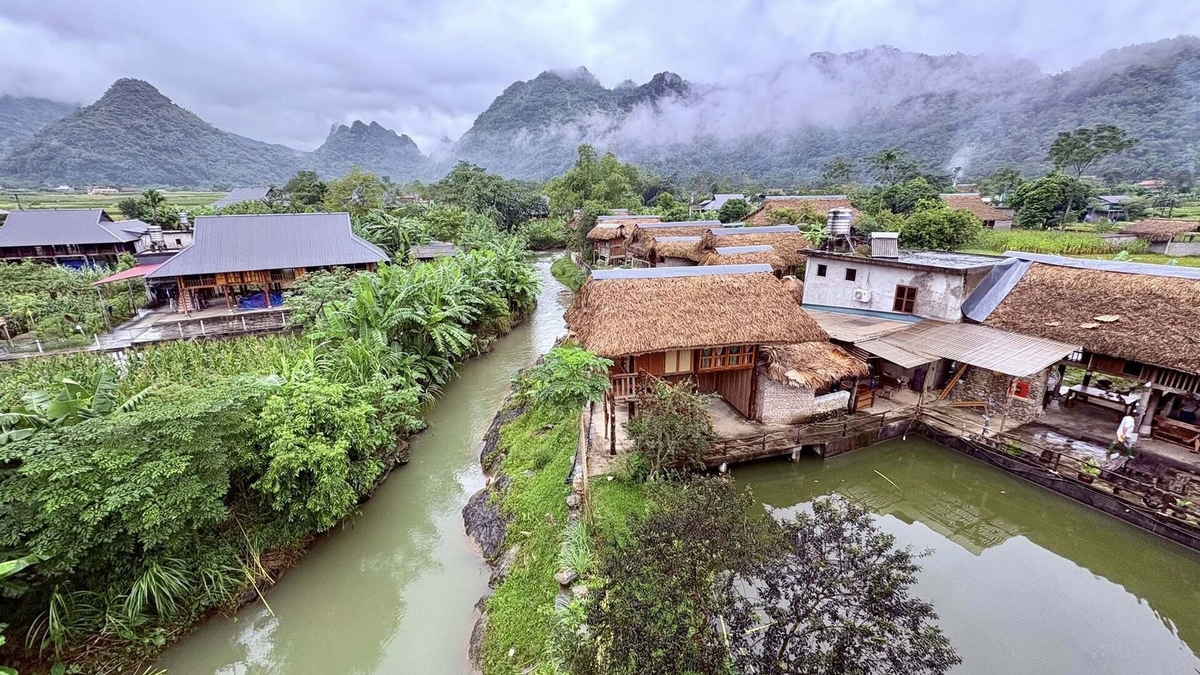
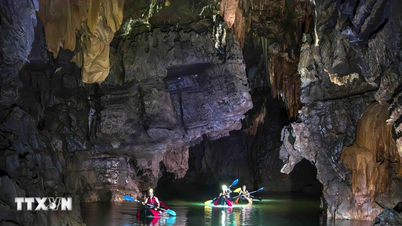
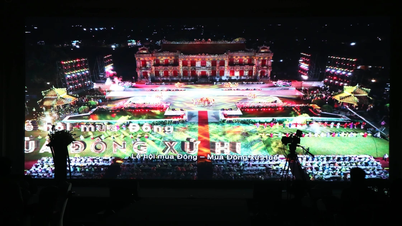


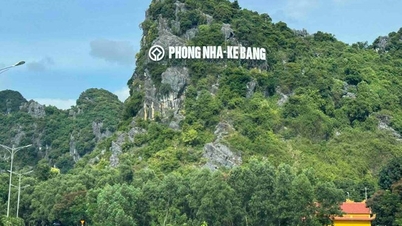

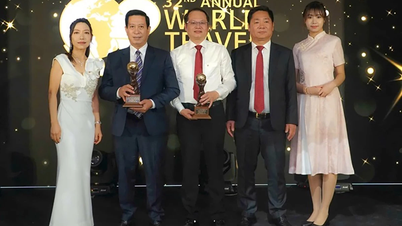

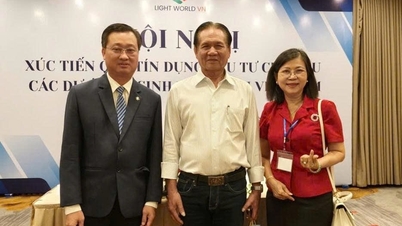

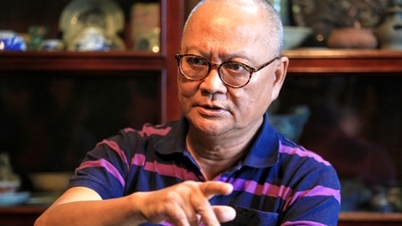
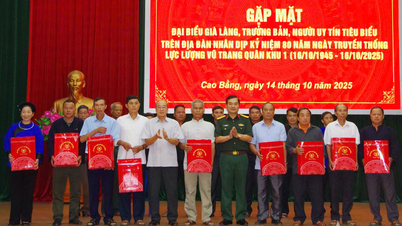




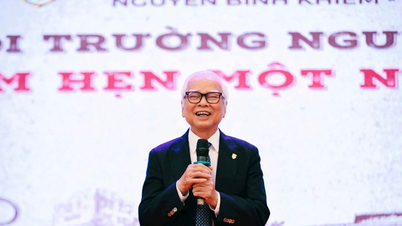

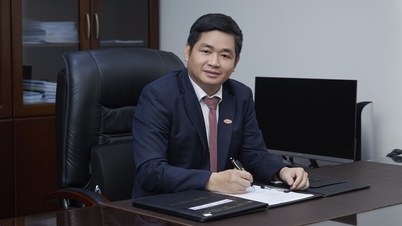

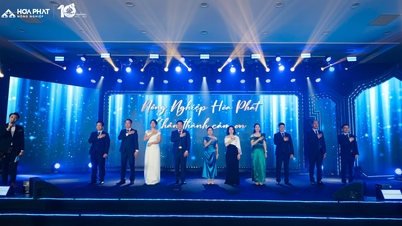


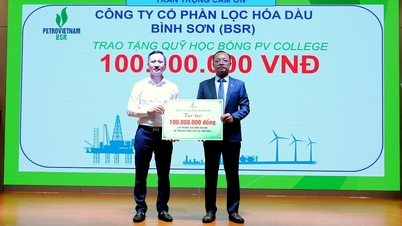
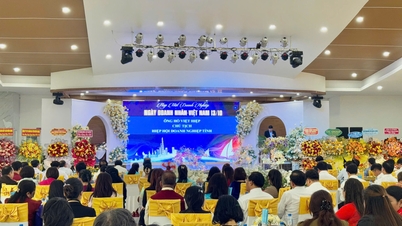
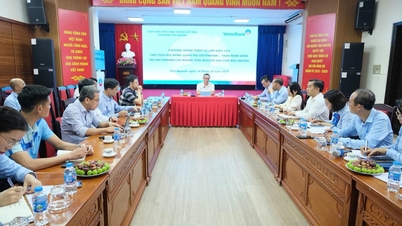
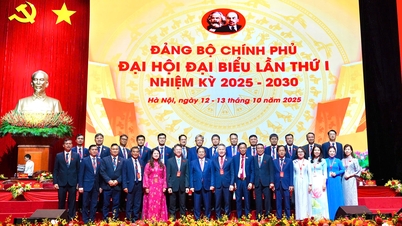




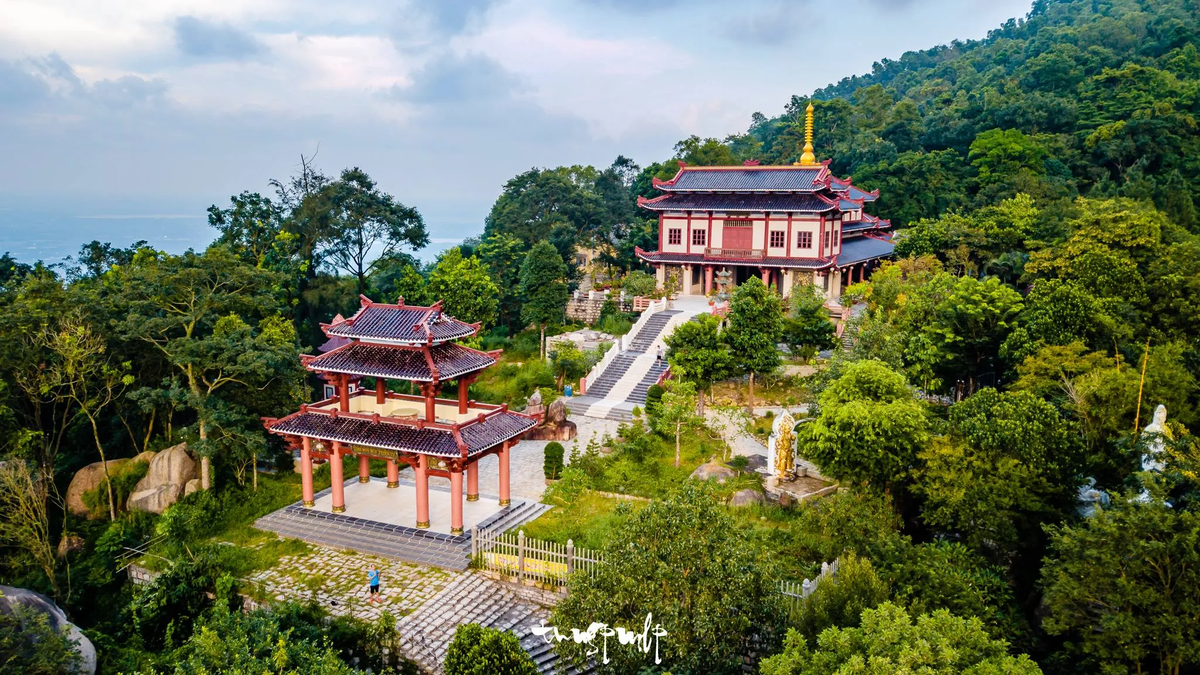
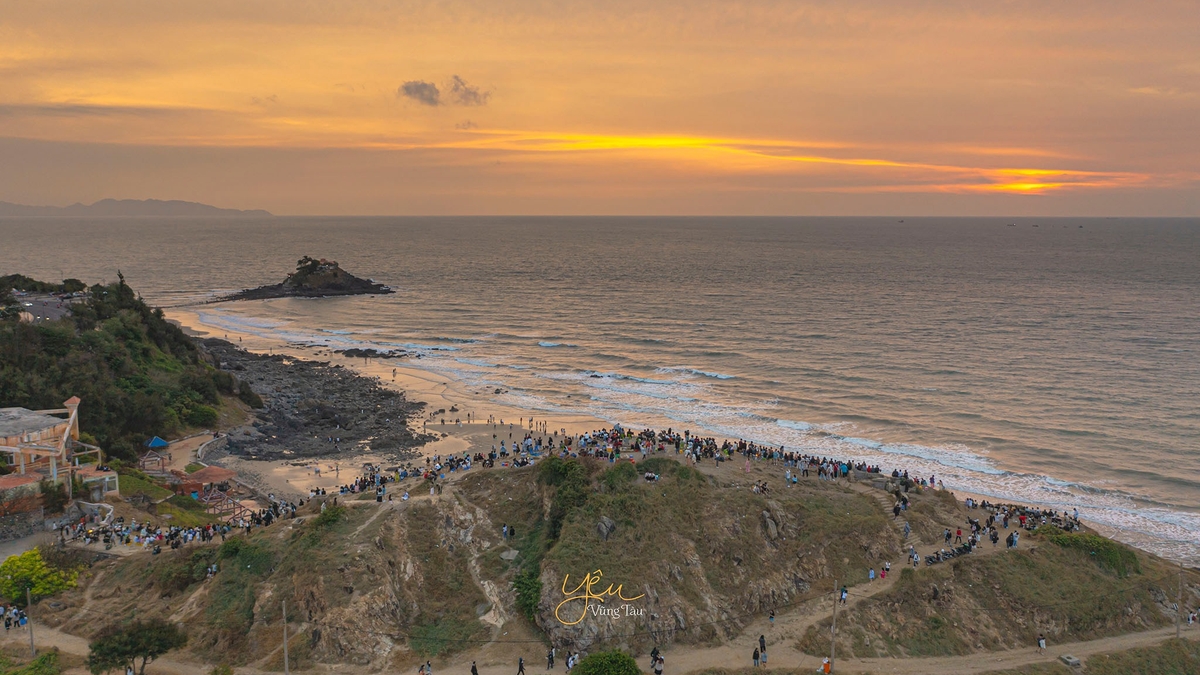
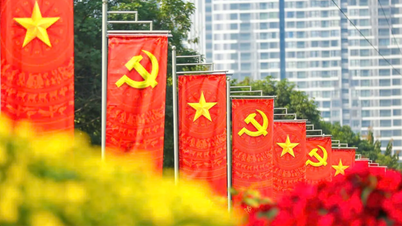
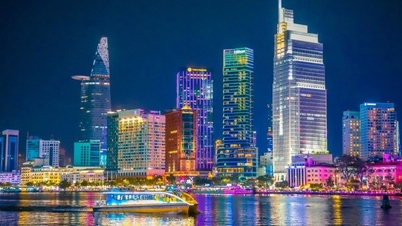
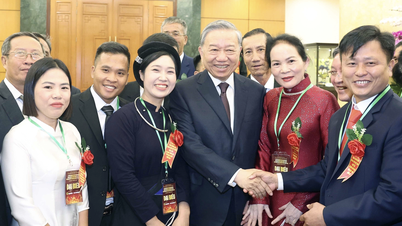

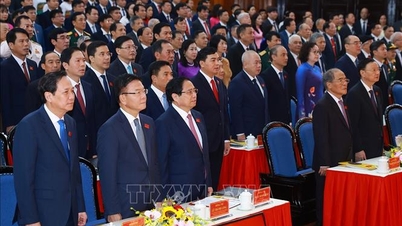

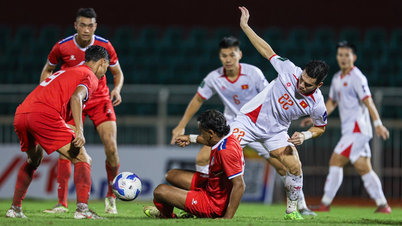
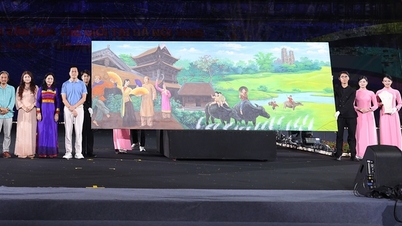

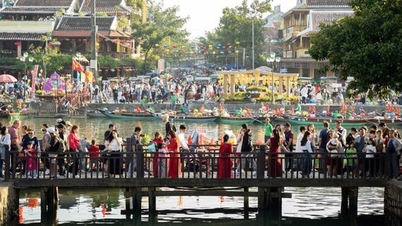
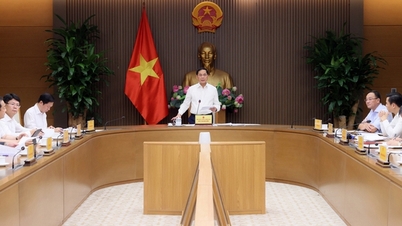


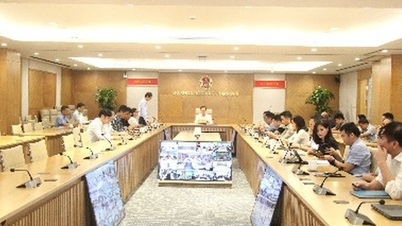

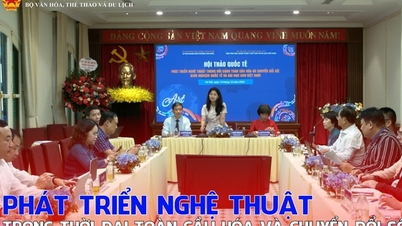


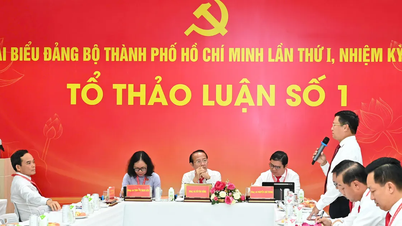

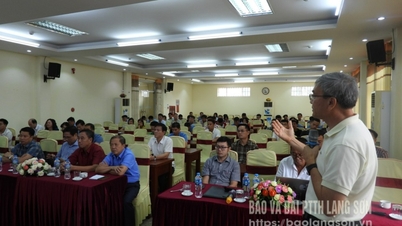

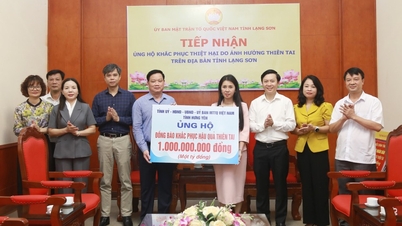
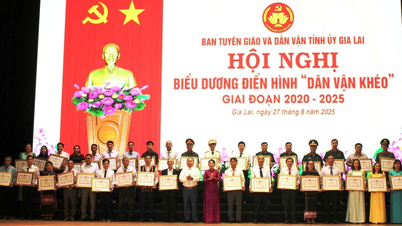

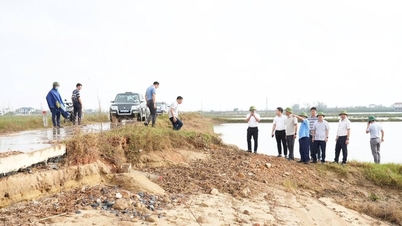

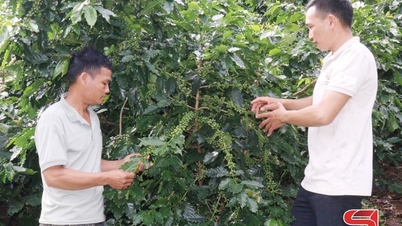

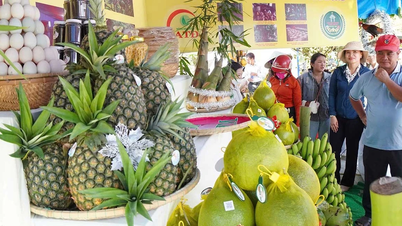
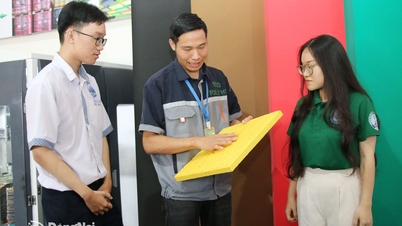



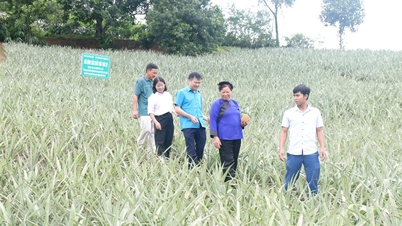

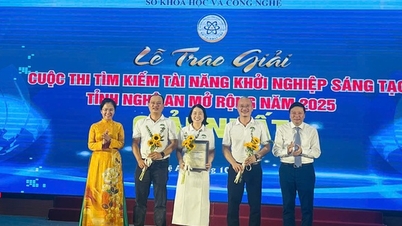

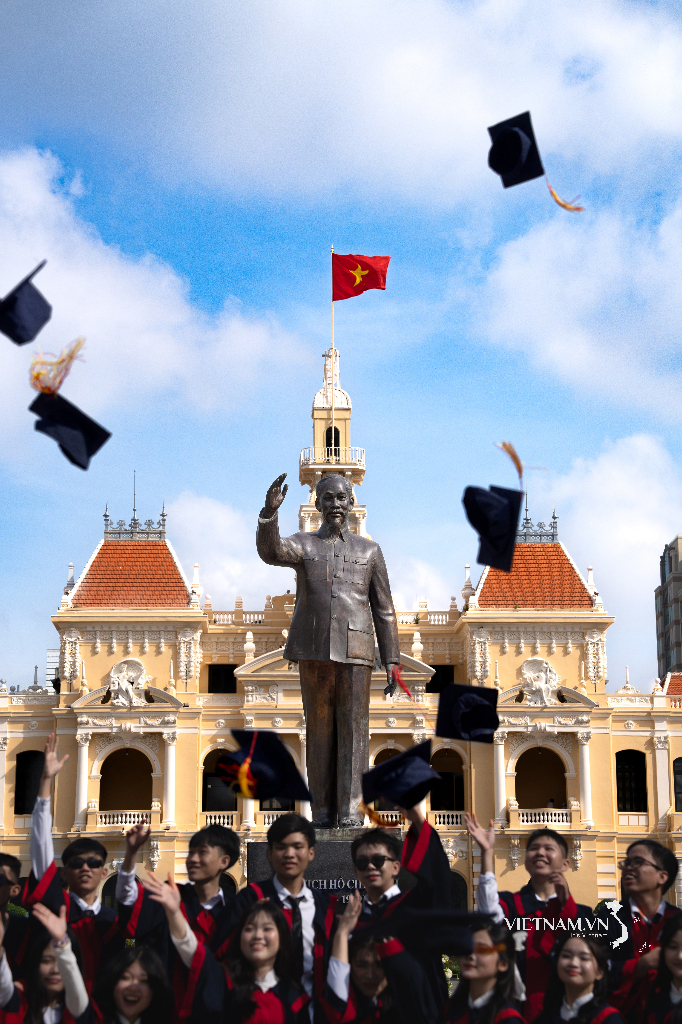
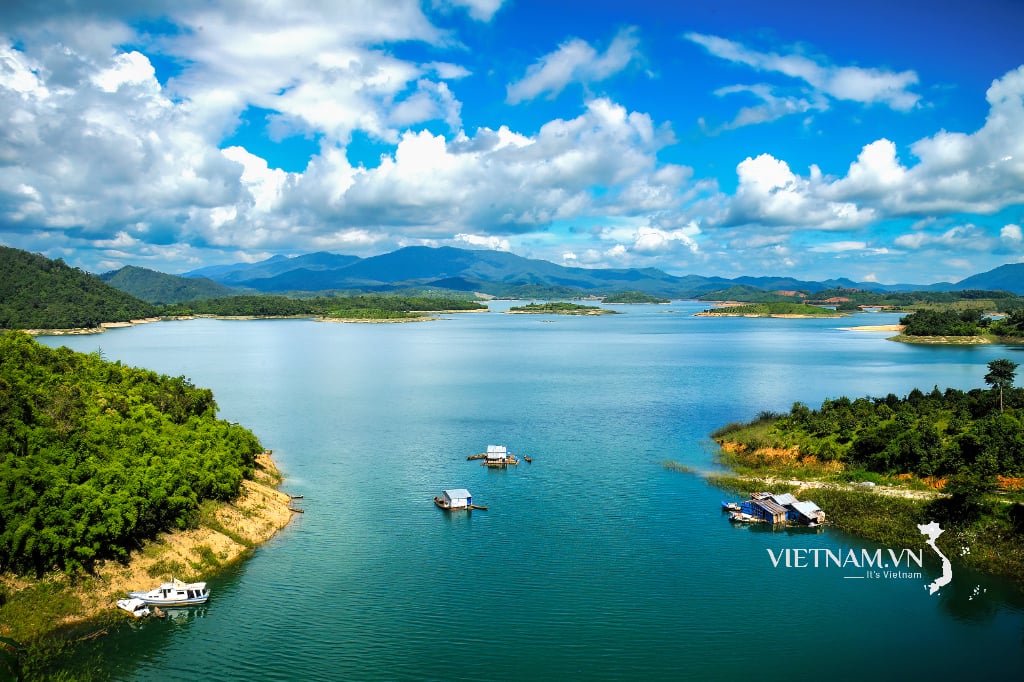


Comment (0)